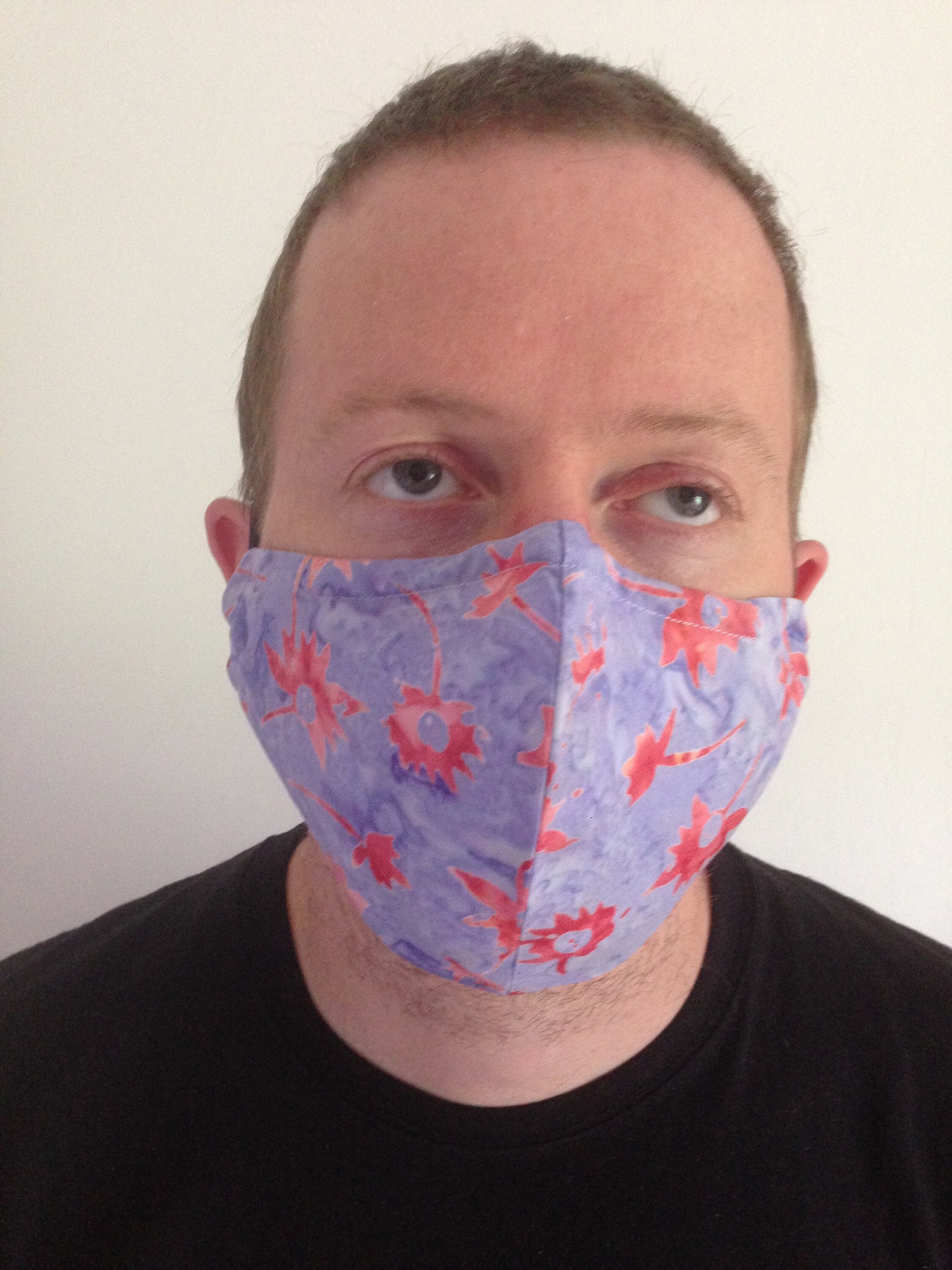

You can play around with the percentage of fill and opacity to get more control over your workflow. If you are painting white over a black mask, then that part would be back to its original form. If you are painting with black on a white mask, the content of that part of layer is becoming transparent while the white parts remain as is. Make sure your foreground color is opposite to the color of the mask. You can now paint on the mask with the brush key selected. You can use X to swap the foreground and background colors.

Since black hides the effects, the image has now been changed from back and white to color, from its original state (the layer below is now visible) Built into the layers in Photoshop is the ability to combine masks. With Ctrl/Cmd+I, you can invert the white mask into a black one. This would give me the best of both selections and a perfect mask for my contrast adjustment.

The other way is by using adjustment layers, which always comes with a mask. First, you simply add a mask on any layer by clicking the third option on the bottom of layer palette. What if you would like to have only the right part to be transparent and the left part to be completely visible? That’s when masking comes into play. But that is what opacity and fill is for, right? Yes, opacity and fill do control the transparency, but it works for whole layer. With a mask you can control the transparency of a layer. Why do we use a mask, to cover the face, right? So why would we use masking on a layer, to cover or uncover the content of any layer. If you can relate the word masking with the mask, it may make some sense. What is masking what does it do in Photoshop? The skills you need to get started masking in Photoshop are being able to use the brush tool to paint color, understand two colors black and white, and knowledge of how layers work in Photoshop, which I assume you have very sound knowledge on. In this article, I will explain how masking really works in Photoshop, its few key concepts, and how Masking helps you to perform non-destructive editing. Understanding this technique can help you to jump from being a beginner level Photoshop user, to a more advanced one. Masking is one of those techniques that will change the way you use Photoshop.


 0 kommentar(er)
0 kommentar(er)
